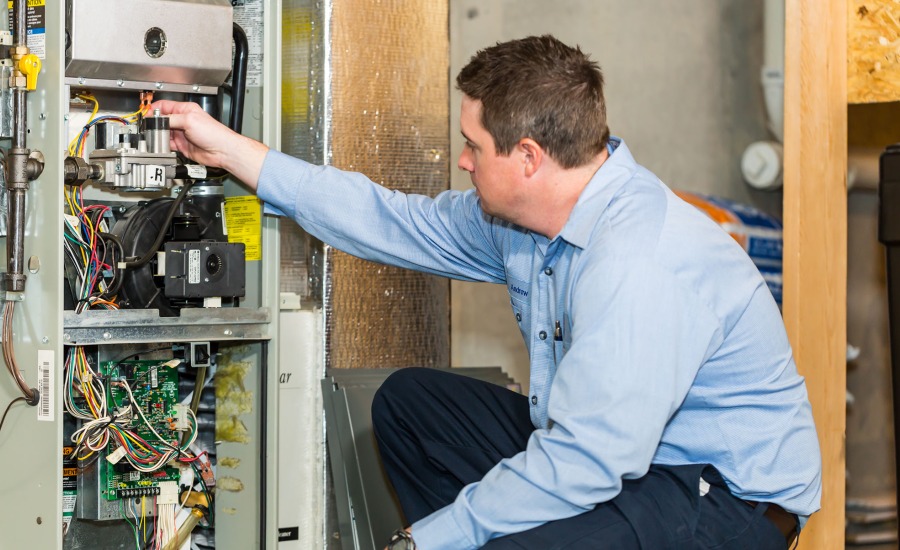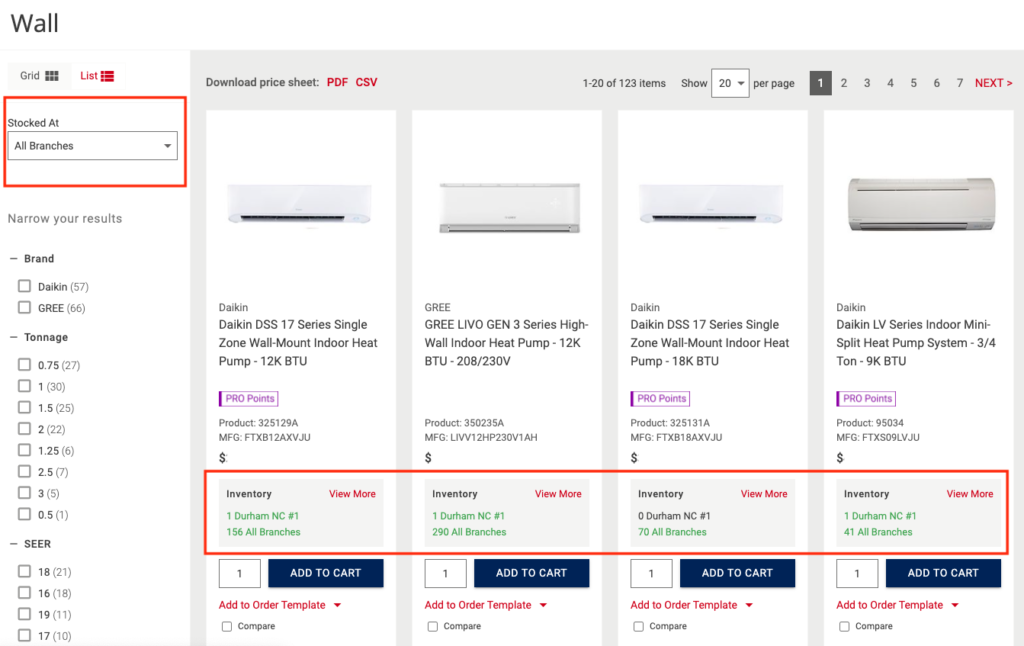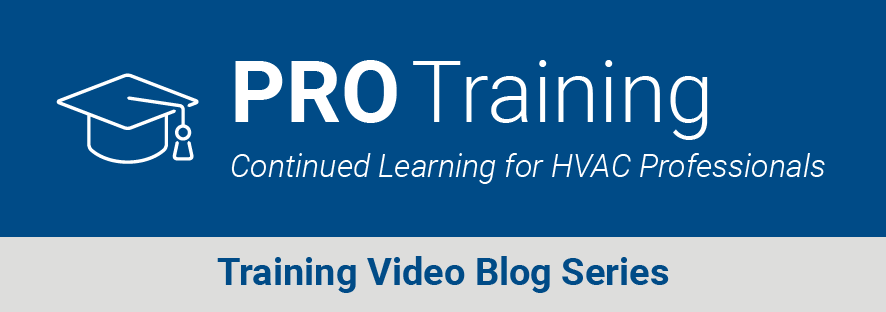
Spring is an excellent time to update your customers’ systems to smart thermostats. Prior to peak cooling season, you probably have more time to discuss the benefits of a smart home and to perform installations without the rush associated with extreme weather conditions.
Preventive Maintenance Between Seasons
As homeowners switch from heating to cooling, they may be more aware of their HVAC system’s performance and energy usage. This awareness creates an opportunity to suggest upgrades that can improve efficiency and comfort. Spring maintenance calls provide the perfect opportunity to assess current thermostats and recommend smart upgrades. Since you are already servicing the system, it’s a convenient time to discuss the benefits of a smart thermostat.
This can provide a more seamless and automated home environment before the temperatures heat up. Continue reading “Embrace a Smarter Spring: Why Now is the Perfect Time for Thermostat Upgrades”









